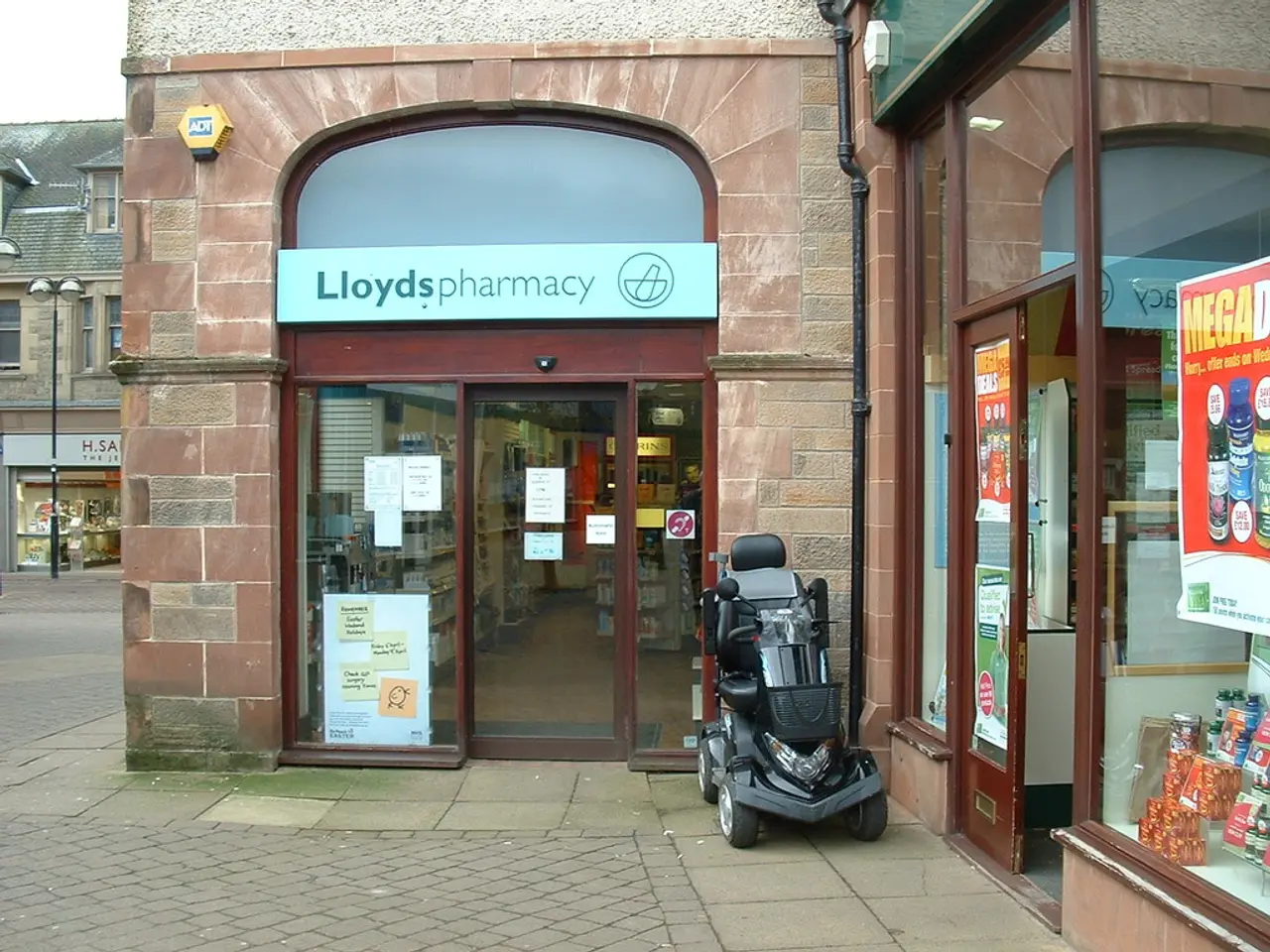WHO broadens the Essential Medicines List, encompassing drugs for diabetes, obesity management, cystic fibrosis treatment, and cancer therapies.
In a significant move aimed at improving global health, the World Health Organization (WHO) has expanded its Essential Medicines List (EML) to include a range of treatments for diabetes, anti-obesity, cystic fibrosis, and various types of cancer.
The updated EML, now in its 24th edition for the WHO's EML and the 10th edition for the EML for children (EMLc), reflects the most pressing public health needs. It includes a total of 523 essential medicines for adults and 374 for children.
One of the key additions to the EML is Elexacaftor/tezacaftor/ivacaftor (ETI), branded as Trikafta/Kaftrio, a medication for cystic fibrosis. The list also includes GLP-1 receptor agonists such as Ozempic and Mounjaro, which have recently been launched in India, for the treatment of diabetes and anti-obesity. Wegovy and Mounjaro are now included in the EML for both adults and children.
The WHO encourages prioritizing these treatments for those who would benefit most, encouraging generic competition to drive down prices, and making these medicines available in primary care, especially in underserved areas. The updated EML is expected to guide public sector procurement, supply of medicines, and health insurance and reimbursement schemes.
Patient-families and treatment activists across the globe, including India, are calling for local governments to adopt the same approach to these critical drugs and improve access, especially in low-resource settings. Mridula Kapil Bhargava of the Diabetes Fighters Trust calls for assured procurement and zero out-of-pocket costs for these medicines for every person who needs them.
Some Indian companies are waiting to make versions of semaglutide, as some patents for it are set to expire next year. The Right to Breathe campaign is demanding sustainable access to generic versions of Trikafta and for Vertex to drop their prices and stop enforcing patents.
However, there are no specific search results indicating which governments in India have incorporated the updated WHO Essential Medicines List diabetes and anti-obesity therapies into their national or regional essential medicines lists. It remains to be seen how this expansion of the EML will translate into improved access to these life-saving treatments in India and other low-resource settings.
In addition to these updates, the WHO Expert Committee on the Selection and Use of Essential Medicines reviewed 59 applications and added about 20 new medicines to the EML and 15 to the EMLc. The WHO EML revision process included 31 proposals for the addition of new medicines or medicine classes.
The expanded EML is a testament to the WHO's commitment to prioritizing global health and ensuring that essential medicines are accessible and affordable for all. As the world grapples with the ongoing COVID-19 pandemic and other public health challenges, the need for affordable and effective treatments has never been more urgent.
Read also:
- Peptide YY (PYY): Exploring its Role in Appetite Suppression, Intestinal Health, and Cognitive Links
- Toddler Health: Rotavirus Signs, Origins, and Potential Complications
- Digestive issues and heart discomfort: Root causes and associated health conditions
- House Infernos: Deadly Hazards Surpassing the Flames








